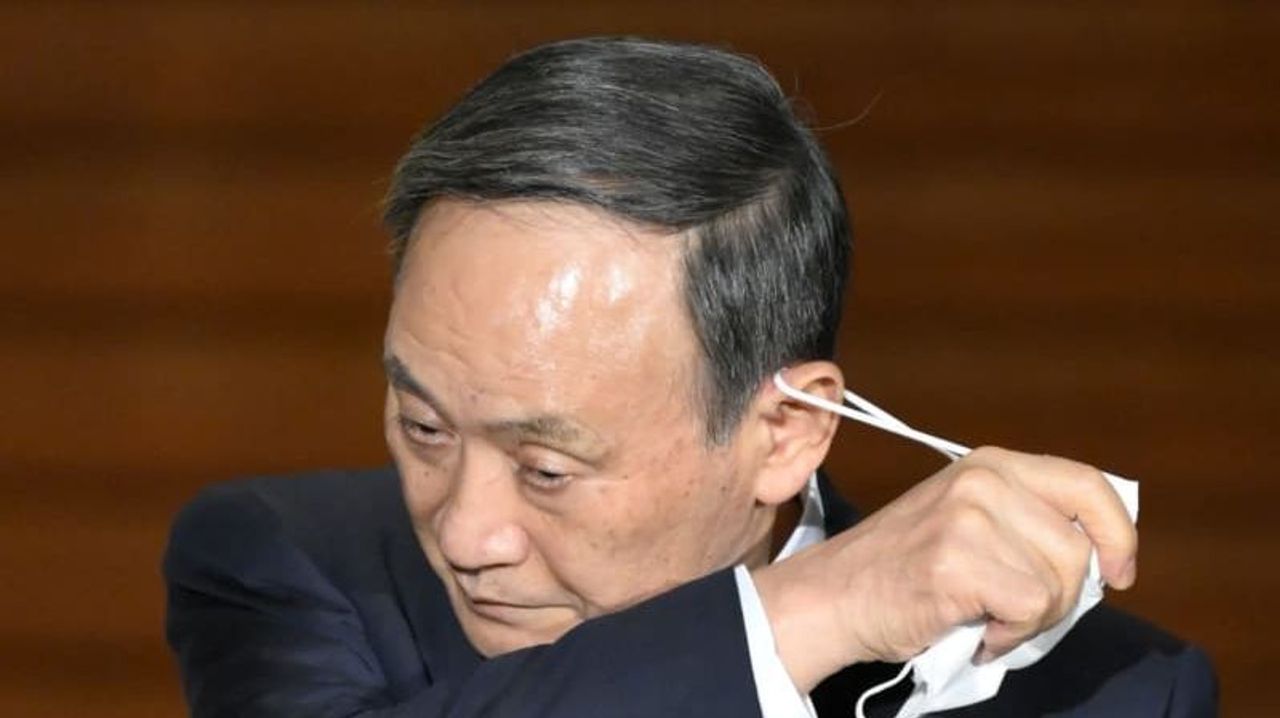January 20. According to a report from Kyodo News on the 20th, after the winter, Japan’s new crown epidemic spread rapidly, but the Yoshihide Suga government did not restart the state of emergency in time.
This caused dissatisfaction among the Japanese people and the government’s support rate dropped all the way. .
According to the analysis of the report, Yoshihide Suga is likely to be forced to resign after the by-election of the House of Representatives and the Senate in April.
A poll conducted by Kyodo News on January 9th and 10th showed that the approval rate of the Yoshihide Suga government dropped sharply to 41% from 50% in the previous month.
In another poll conducted by the Mainichi Shimbun on January 16, the government’s support rate was lit up with a yellow light and dropped sharply to 33%.
According to reports, if the Japanese government’s support rate is lower than 50% at the beginning of the regular parliament in January, it will be severely criticized by opposition parties in subsequent parliaments, and many important bills will not be passed smoothly.
In the past 20 years, the Yoshiro Mori administration (2001) had an approval rate of 23% in January, the first Abe administration (2007) was 45%, the Fukuda Yasuo administration (2008) was 41%, and the Aso government (2008) was 41%. 2009) was 19%.
All four prime ministers were forced to resign before the end of their term in September of that year.
Not only that, Japan’s 47news website analyzed that the Yoshihide Suga government still has at least two “time bombs”.
One is whether the Tokyo Olympics can be successfully held, and the other is the scandal of the Liberal Democratic Party that has been exposed one after another.
In addition, the potential successor of Yoshihide Suga has begun to attract the attention of the public and the media.
The latest polls show that Taro Kono, the minister in charge of administrative reforms, and the former head of the Liberal Democratic Party, Shigeru Ishige, have higher expectations than Yoshihide Suga.



